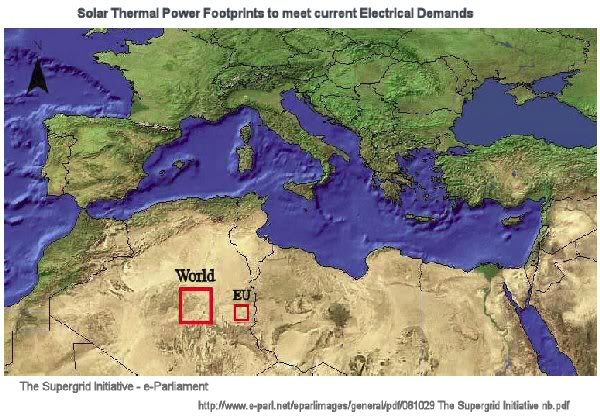- What happens when you drop a hammer and a feather (at the same time, from the same height) here on Earth?
- Is there any difference between performing the experiment on Earth and on the Moon?
Pre-Galileo
Did you hear the name that the astronaut mentioned? It was Galileo Galilei's. (Galileo was a physicist-astronomer who lived in Italy from 1564-1642.) For thousands of years before him, people believed that Gravity was a mysterious force that made things fall toward the Earth -- and they believed that the heavier the object, the faster it would fall. But Galileo changed everything.
Before we look at Galileo's theory, let's consider where the "old" belief about gravity came from. When you drop a hammer and a feather at the same time (here on Earth), the hammer will always land first. And if you try the experiment with all different kinds of things, this is pretty much always going to be the case for a heavy object and a lighter one: The heavier object tends to fall faster. Scientists observed this phenomenon for thousands of years and came to the conclusion that gravity affected heavier objects more than lighter ones.
However, they were not conducting their experiments on the Moon.
Galileo
Galileo (without ever leaving the Earth) did experiments many different objects that fell from many heights and rolled balls with different weights down inclined planes. Eventually, he came to the conclusion that gravity accelerates all objects at the same rate, regardless of their weight.
That means that even here on Earth, a hammer and a feather should land at the same time (like on the Moon). So why don't they? The answer: Air.
You know how when you ride a bike, you feel a breeze on your face (even when there's no wind that day)? The air is standing still, but you are moving, so it ends up feeling like there is wind pushing against the direction you're trying to go. It's the same principle with the hammer and the feather. A light breeze isn't going to push a hammer around, but it'll carry a feather away easily.
In the case of a hammer/feather drop, the breeze is trying to push each object in the opposite direction of the way they are falling (like the "wind" pushes against the direction you are trying to ride your bike). So even though Gravity is trying to accelerate both the hammer and feather at the same rate toward the Earth, the "wind" is blowing them in the other direction. On the Moon though, there's no air, so the hammer and feather can freely accelerate.





